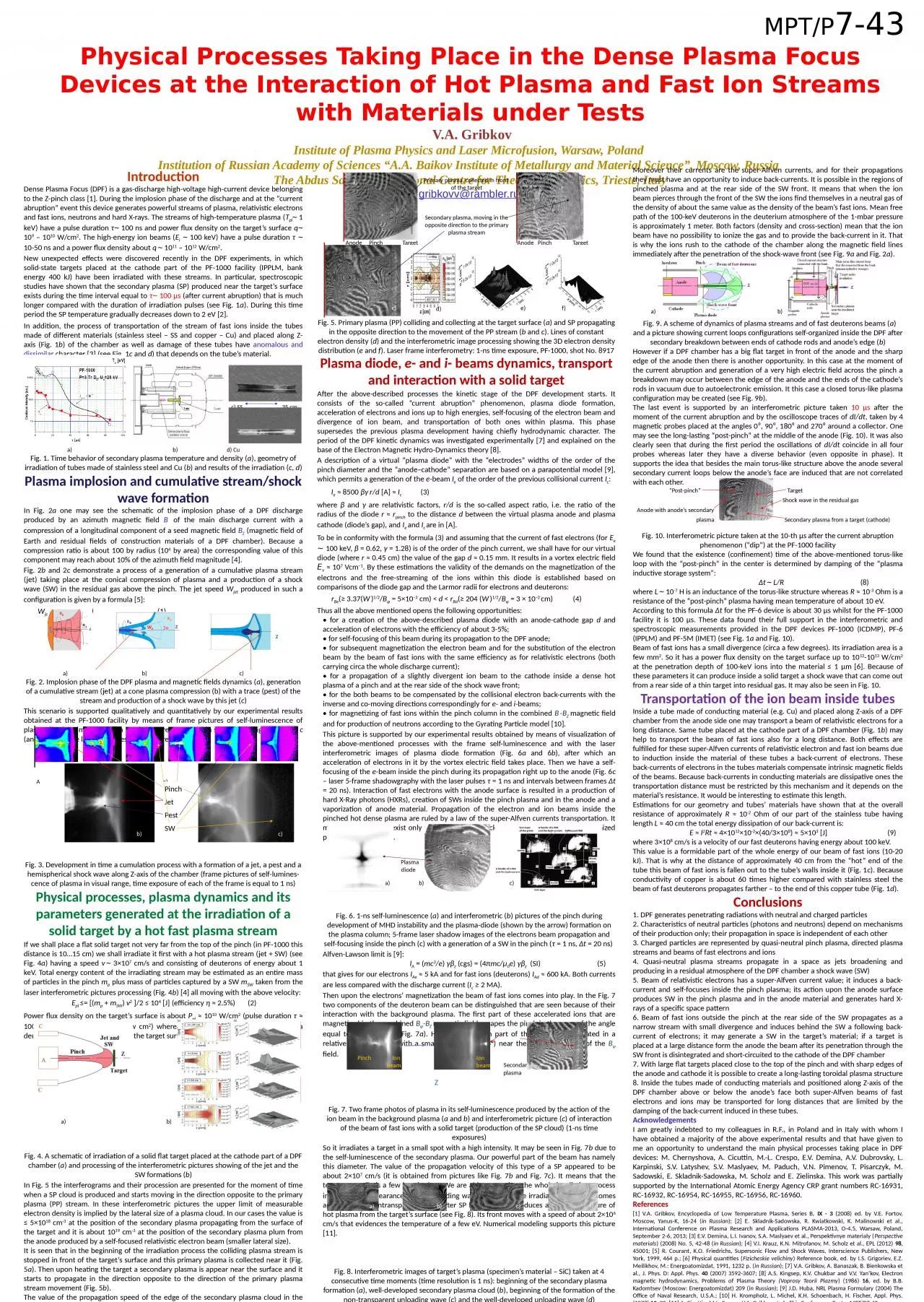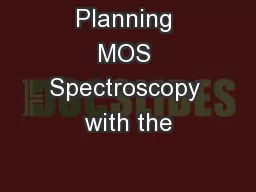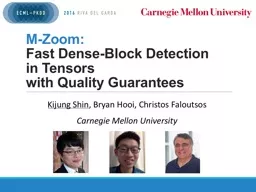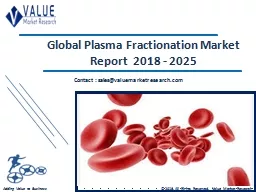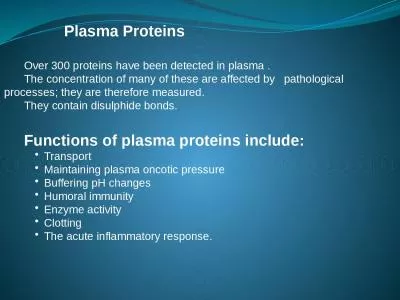PPT-MPT/P 7-43 Physical Processes Taking Place in the Dense Plasma Focus Devices at the Interaction
Author : TheCookieMonster | Published Date : 2022-08-04
VA Gribkov Institute of Plasma Physics and Laser Microfusion Warsaw Poland Institution of Russian Academy of Sciences AA Baikov Institute of Metallurgy and
Presentation Embed Code
Download Presentation
Download Presentation The PPT/PDF document "MPT/P 7-43 Physical Processes Taking Pl..." is the property of its rightful owner. Permission is granted to download and print the materials on this website for personal, non-commercial use only, and to display it on your personal computer provided you do not modify the materials and that you retain all copyright notices contained in the materials. By downloading content from our website, you accept the terms of this agreement.
MPT/P 7-43 Physical Processes Taking Place in the Dense Plasma Focus Devices at the Interaction: Transcript
Download Rules Of Document
"MPT/P 7-43 Physical Processes Taking Place in the Dense Plasma Focus Devices at the Interaction"The content belongs to its owner. You may download and print it for personal use, without modification, and keep all copyright notices. By downloading, you agree to these terms.
Related Documents

